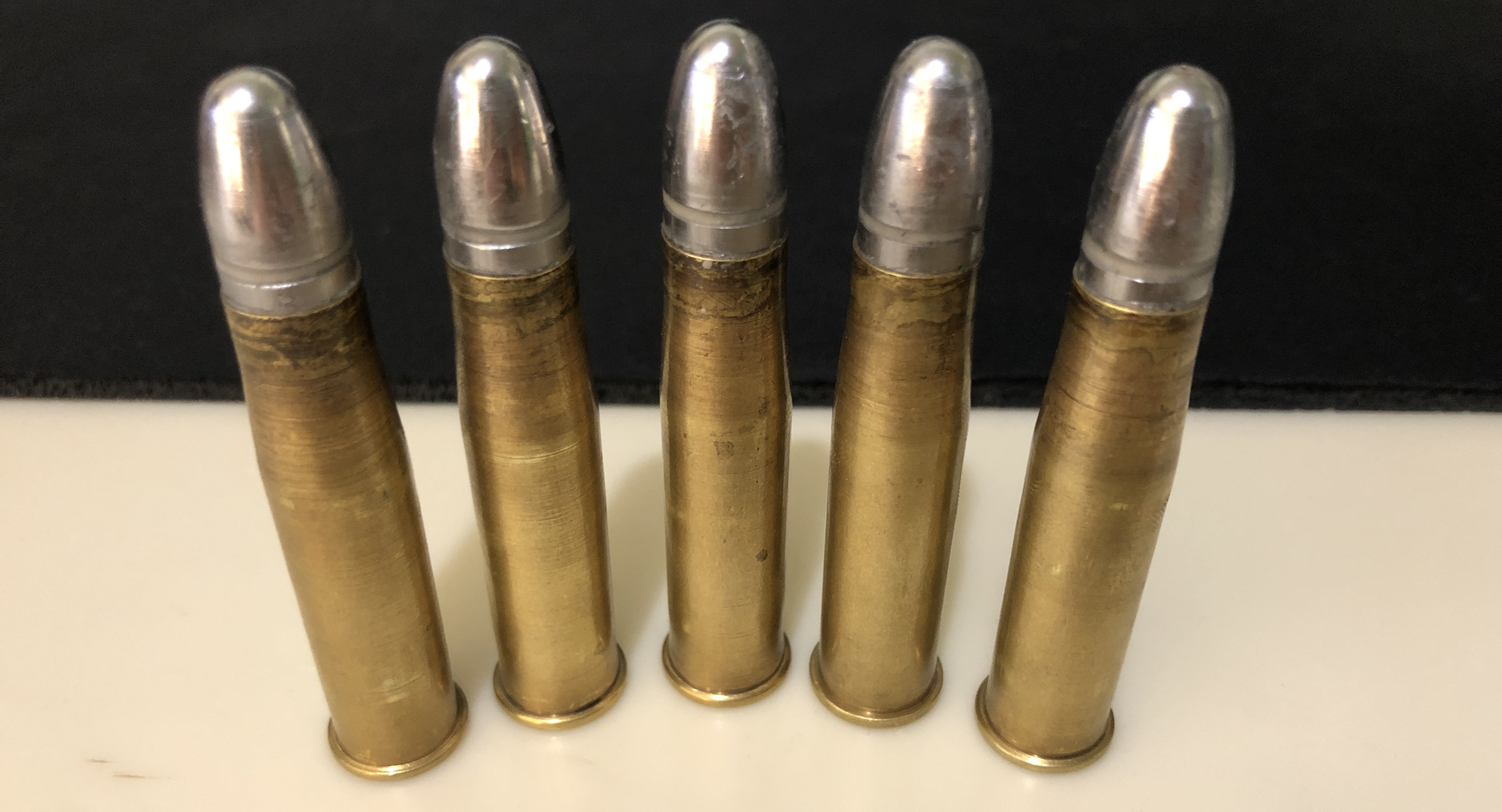Making cartridges for the Berdan II


I recently purchased an 1880 Tula manufacture Berdan II and I have been eager to take it out and shoot it, however finding ammunition for it has proven to be quite challenging. The .42 Berdan cartridge (AKA .43 Berdan, 10.66x57R, or 10.75x58R depending on the naming nomenclature used) that it fires is relatively uncommon, having been used only in the Berdan I and II rifles, and possibly a limited number of Russian Gatling guns. Original cartridges pop up from time to time at auctions and gun shows, however at well over 100 years old most do not fire, and I would be reluctant to shoot collectables like that anyway. As far as I know there are no manufacturers currently producing finished ammunition, so the only option is to handload. Buffalo Arms in the US sells brass for .42 Berdan, and BA along with a few other companies sell .43 Spanish brass (not the Reformado version), which is very similar and needs only slight resizing and fireforming. Dies are available from CH4D, however they are quite costly and not strictly necessary as an ordinary .44 Magnum die can be used for neck sizing. If you are in the US commercially made cases are by far the easiest option for reloading, however I am in Canada, and due to the time, hassle, and high cost of exporting any ITAR controlled items from the US I wanted to source as many components as possible from within the country. Both of the easy options, .42 Berdan and .43 Spanish, are nonexistant in Canada so the only option is modifying other cartridges with similar enough dimensions. Commercial .42 brass is usually formed either from .50-110 Sharps or .348 Winchester. I think .348 is the better of the two for modification at home, as it only requires thinning on the lower half of the case and then fireforming out, compared to the .50-110 which would require sizing down to a degree that is likely not possible without specialized dies and a hydraulic press, thinning of the neck and rim, and recutting the primer pocket. One of the challenges in selecting an ideal donor cartridge is the lack of reliable information on the dimensions of the .42 Berdan cartridge. For example Cartridges of the World 17th edition (where it is listed as .43 Berdan) lists the base diameter of .567", which would lead you to believe that .348 would drop right in, and even .50-110 would not require thinning at the base, however in my experience this does not seem to be accurate, my rifle will not chamber anything with a base diameter of more than ~.530". The best way to know for sure what will work in your rifle would be casting the chamber, however the chamber on my rifle has some fairly deep machining marks, and between that, corrosion, and likely my relative lack of experience I was unable to get any of my casting attempts out of the chamber.
Adapting the cases, while time consuming, is not terribly hard and doesn't have to be particularly precise. If you have access to a lathe you will have a much easier time, as I do not I had to resort to the more laborious process of chucking the cases up in a drill and spinning them against sandpaper. This method is viable because of the Berdan II's unusual extractor design which leaves the bottom ~1/16th" of the case exposed. As a result the diameter right up close to the rim, the hardest part to work with the sandpaper, is not critical. The groove in front of the rim on .348 cases also helps in this regard, it is .030" wide and around .010" deep, approximately the thickness of material that will be removed from the case. The Starline .348 cases I have measure .544" at the base, and needed to be thinned around .020" at the base to chamber. This is just a trial-and-error process at first, and as previously mentioned the diameter right at the base does not have to be perfect, as long as the diameter .060" up is good. This is spot I recommend measuring from once you have a case that chambers, especially if you are using the sandpaper method. For sanding I started with 80 grit for rough shaping, then 200 grit for the final couple thousandths the get the deep scratches out, then 400, 600, 1000, and 2200 grit for smoothing and polishing. The more time and steps you use with the final grits the better the finish will be.
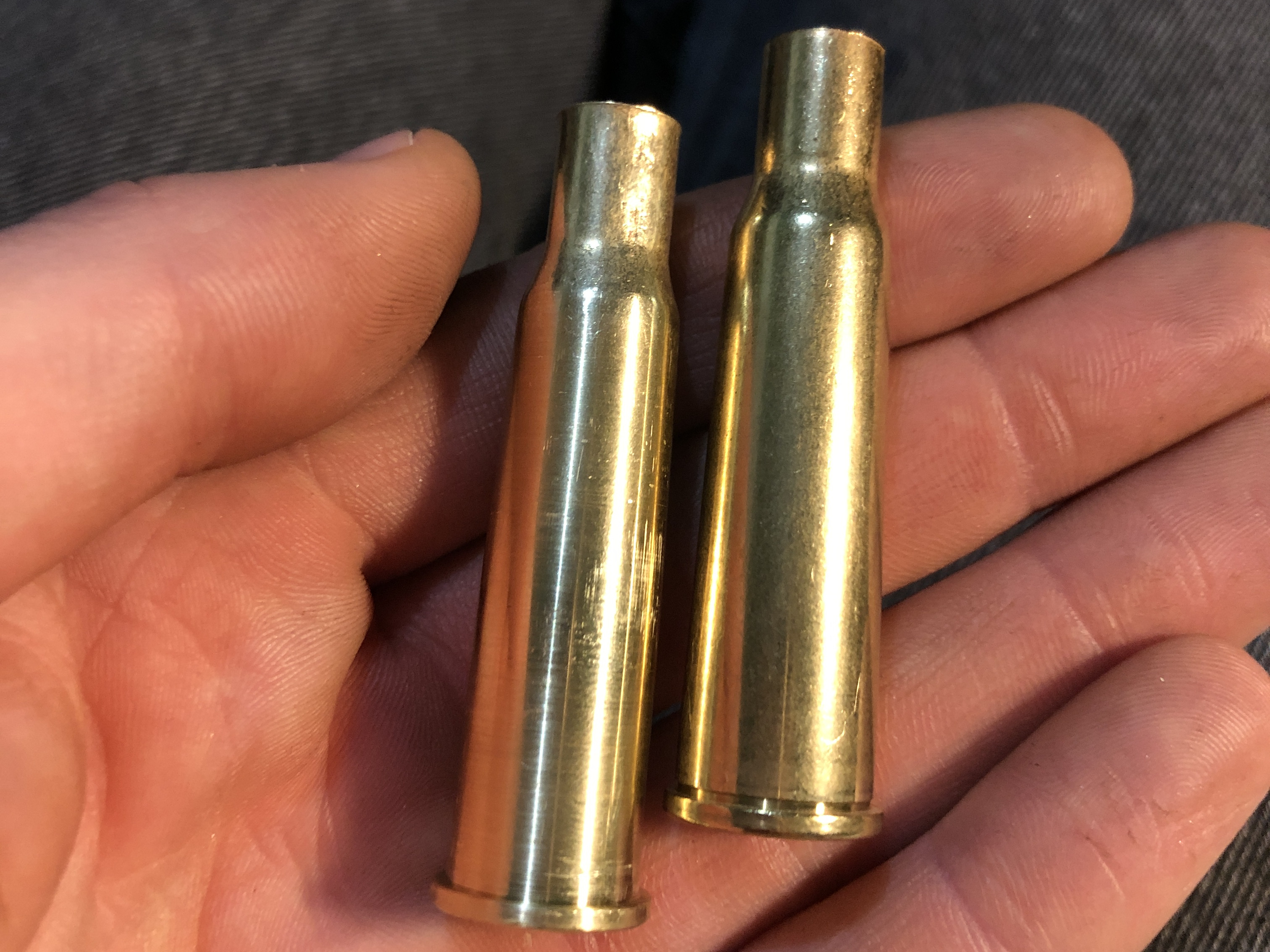
The .348 cases I had felt quite heavy, but I was still slightly worried about thinning the sidewall out too much, so for safety I decided to cut an unmodified case in half to check the thickness. As expected the walls are quite thick (at least on Starline cases), and even after thinning will still be at minimum .025-.030" thick.
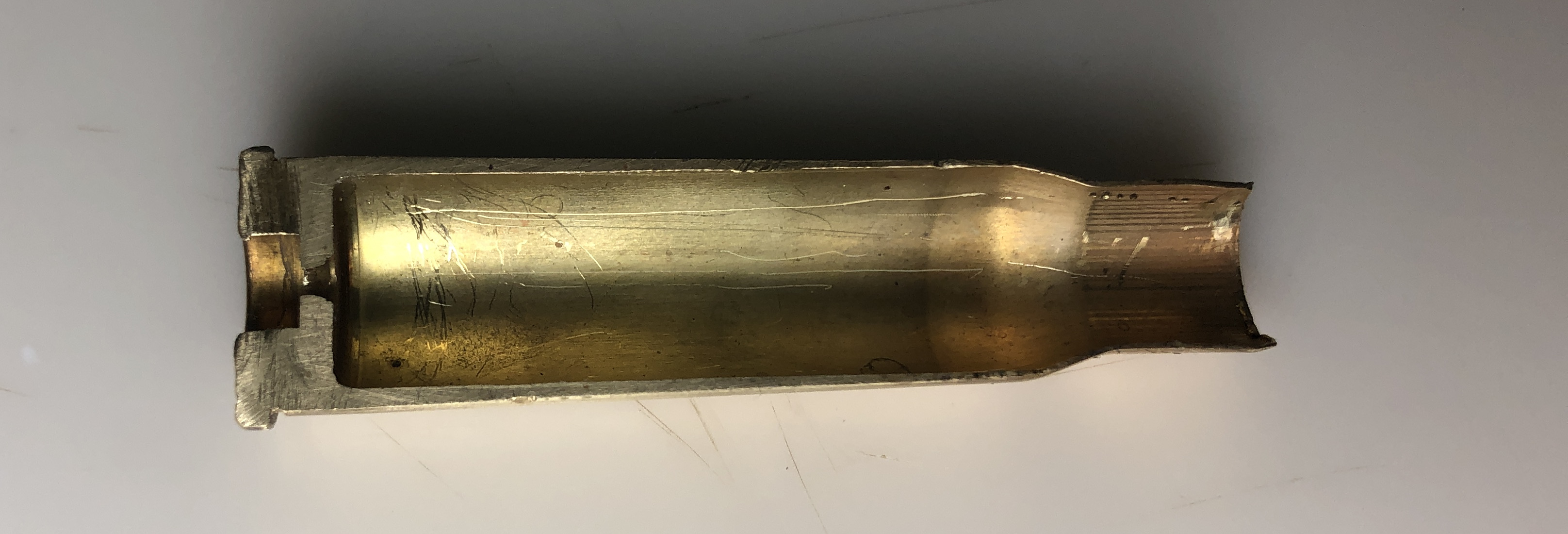
Once the cases are worked down to size they can be fireformed. I loaded the cases with 70gn of 2F black powder, put a paper patch on top, and sealed the cases with beeswax. All successfully formed without any cracked necks, however the black powder did not have enough pressure to fully form out the sidewall, leading to a slightly mushroomed appearance. Better results could probably have been obtained from the method of using an extremely light load of smokeless powder plus filler, however I did not feel comfortable experimenting with this in a very old very worn gun. The cases were formed properly from the shoulder up, so I loaded them and they formed out the rest of the way on next firing.
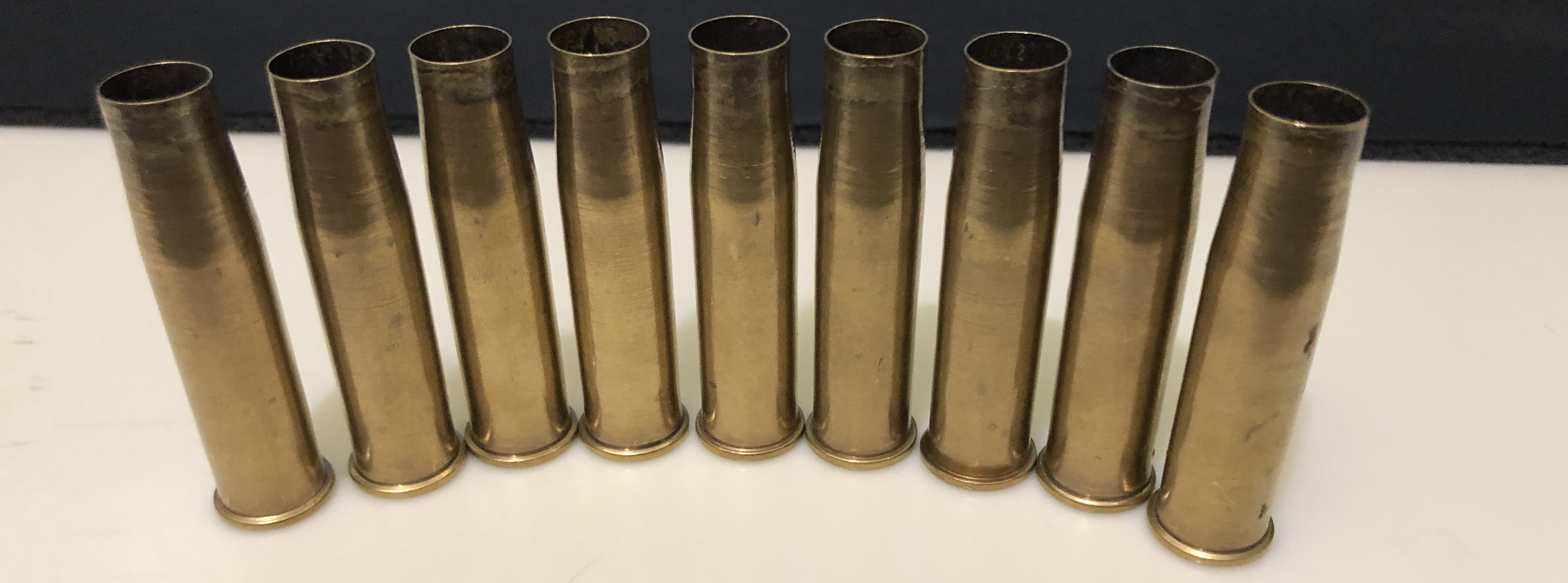
Original military cartridges used a 370gn paper-patched pure lead bullet, but for simplicity I decided to just use a plain bore-diameter bullet cast from Lyman #2 (90% lead, 5% tin, 5% antimony) alloy. I cast bullets using the Lyman #439186 mould, which makes a 370gn, .439" diameter bullet intended for .43 Spanish. The weight is perfect, but they must be sized down for use in the Berdan, I pan lubed them and used a Lee push-through die to size them down to .429". Lyman #427103, if it can be found, casts a .428", 350gn bullet and was designed for .42 Berdan, however it is long out of production and acquiring one is difficult.
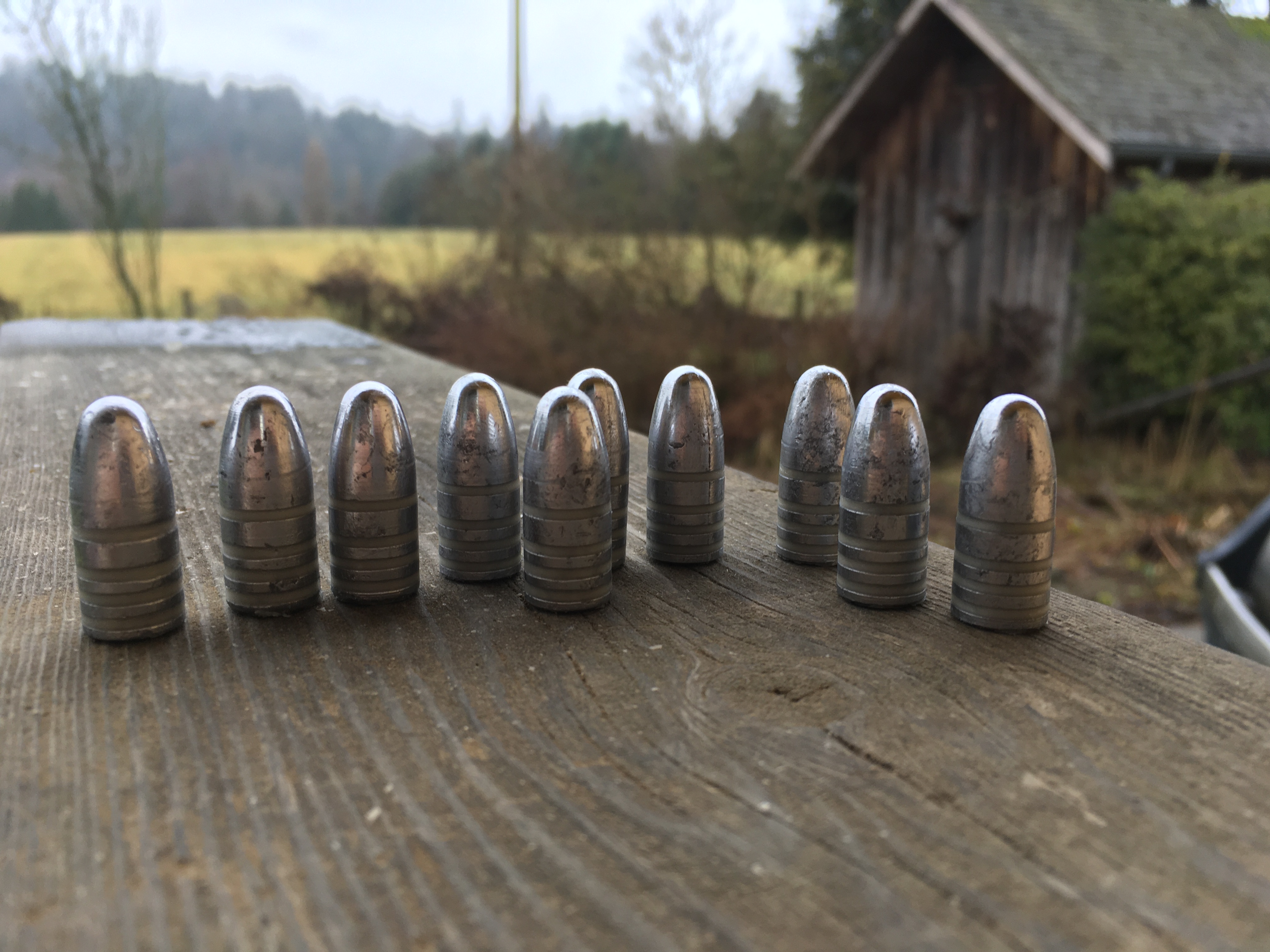
Once the cases were formed I neck sized them using a .44 Magnum sizing die, gently pressing them up just until I felt the die hit the shoulder of the case, then flared the mouths slightly. The original military load was 77gn of black powder, on the first loading only 70gn of 2F fit comfortably, but once the cases were formed out fully 77gn fit with about 1/8th of compression. I seated the bullets using a .43 Spanish die, though any die with a similar enough inner diameter and length range should work.
